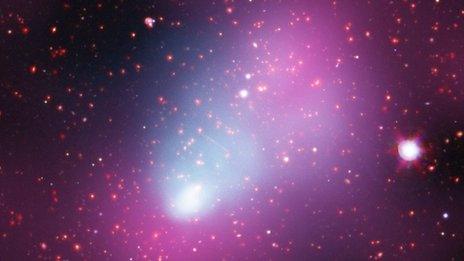Astronomers weigh up Milky Way
- Published
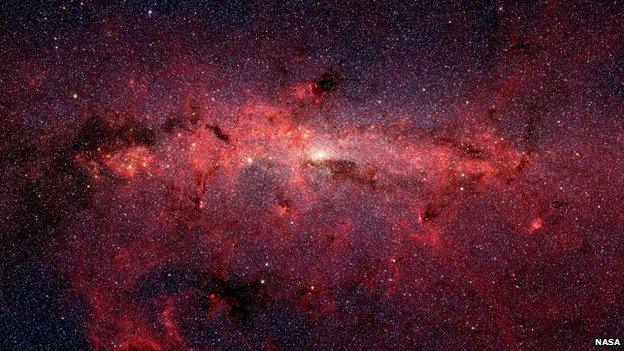
The researchers say their work should help them learn more about how the outer regions of galaxies are structured
The Milky Way is lighter than astronomers previously thought, researchers have concluded.
A team of scientists led by the University of Edinburgh found it has about half the mass of a neighbouring galaxy, known as Andromeda.
Their estimates come from working out the mass of invisible matter found in the outer regions of both galaxies.
They concluded that dark matter accounted for Andromeda's extra weight.
Dark matter is a little-understood invisible substance which makes up most of the outer regions of galaxies.
The researchers have estimated that Andromeda contains twice as much dark matter as the Milky Way, causing it to be twice as heavy.
The Milky Way and Andromeda have similar structures and are the two largest in a region of galaxies which astronomers call the Local Group.
The researchers say their work should help them learn more about how the outer regions of galaxies are structured.
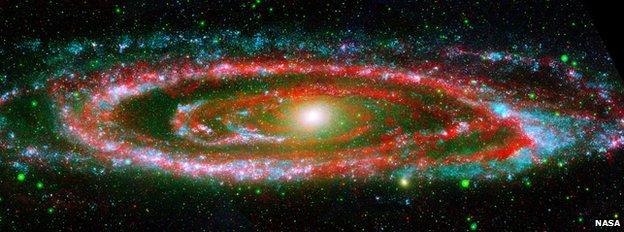
The researchers concluded that Andromeda contains twice as much dark matter as the Milky Way
According to the research group, previous studies were only able to measure the mass enclosed within both galaxies' inner regions.
Dr Jorge Penarrubia, of the University of Edinburgh's School of Physics and Astronomy, who led the study, said: "We always suspected that Andromeda is more massive than the Milky Way, but weighting both galaxies simultaneously proved to be extremely challenging.
"Our study combined recent measurements of the relative motion between our galaxy and Andromeda with the largest catalogue of nearby galaxies ever compiled to make this possible."
The study, published in the journal Monthly Notices of the Royal Astronomical Society, was carried out in collaboration with the University of British Columbia, Carnegie Mellon University and NRC Herzberg Institute of Astrophysics.
The work was supported by the UK's Science and Technology Facilities Council.
- Published20 January 2014
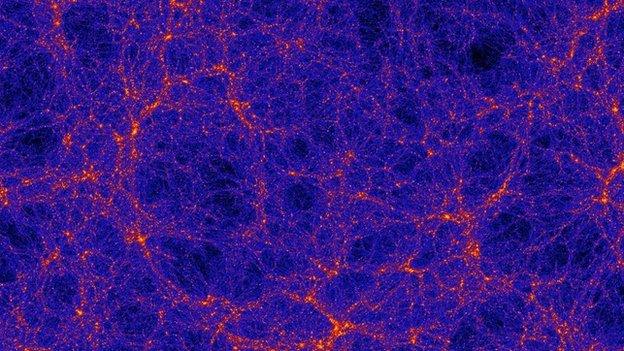
- Published8 January 2014
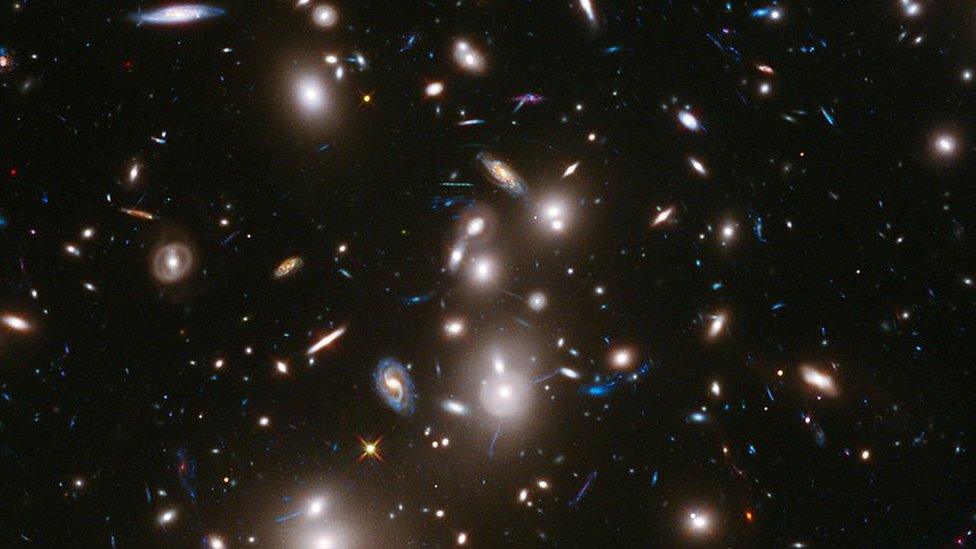
- Published7 January 2014
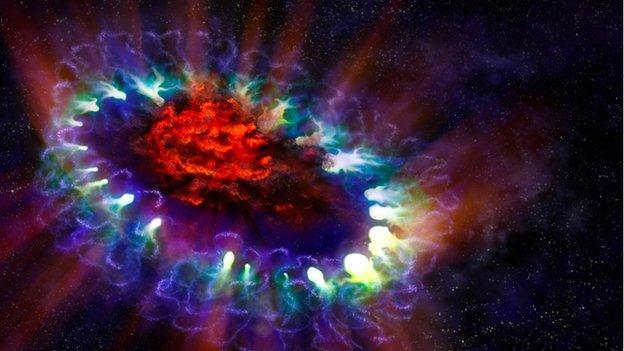
- Published11 January 2012
